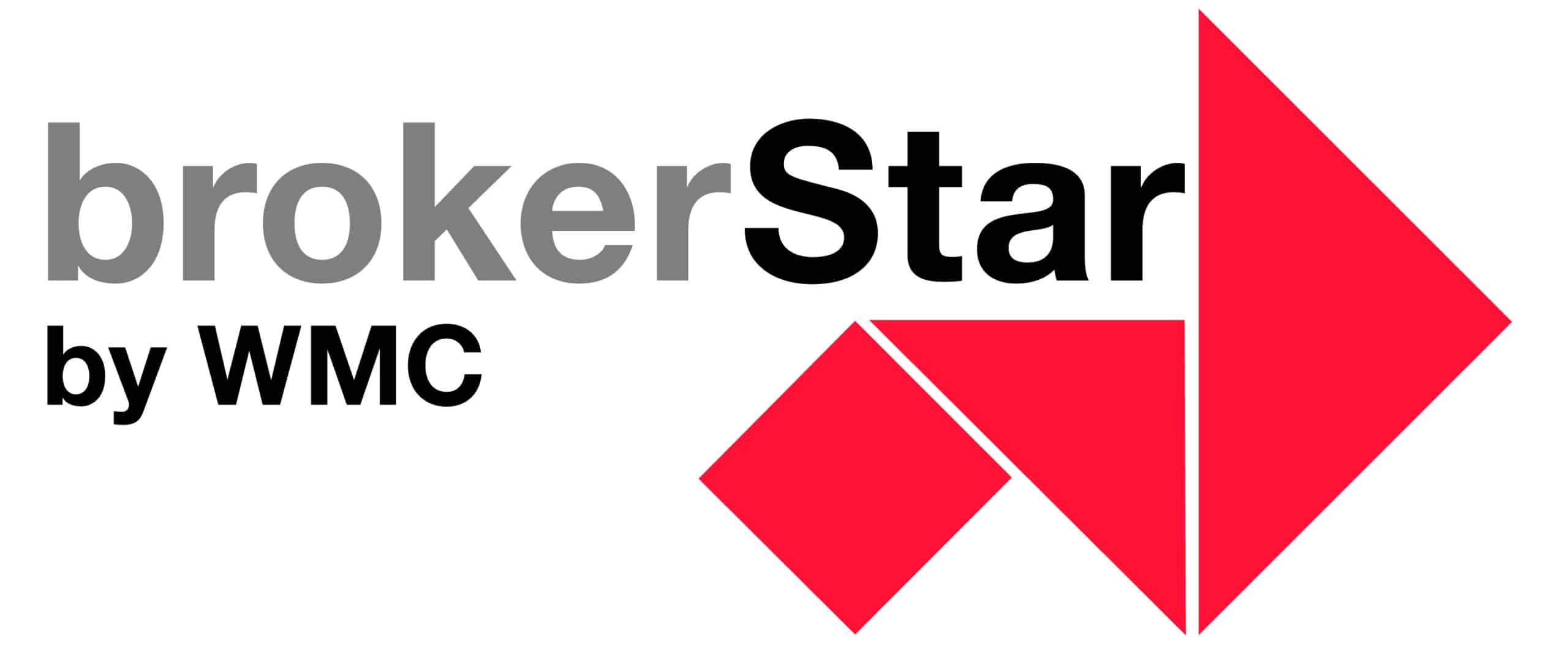Series of earthquakes on the holiday island of Santorini
7 Februar, 2025 | Aktuell Nicht kategorisiert
The Greek island of Santorini is currently experiencing a series of earthquakes that began on 24 January 2025. Over 1,200 tremors have been recorded during this period, with the strongest reaching a magnitude of 5.3. The epicentres of these quakes are mainly located between the islands of Santorini, Anafi, Amorgos, Ios and the uninhabited island of Anydros. Experts emphasise that this seismic activity is tectonic in origin and is not related to volcanic activity.
In response to these events, the Greek authorities declared a state of emergency on 6 February and have taken various measures. Schools on Santorini and surrounding islands have been closed and evacuation centres have been set up. In addition, access to coastal areas and certain ports has been restricted due to the risk of tsunamis. Two-thirds of the island’s residents have already been evacuated. The government has sent rescue teams and called on the population to remain calm and follow the instructions of the authorities.
Earthquake in Switzerland?
Historical events such as the Basel earthquake in 1356, with an estimated magnitude of 6.6, or the Sierre earthquake in 1946, with a magnitude of 5.8, show that significant seismic activity is also possible in Switzerland.
The risk of earthquakes in Switzerland is a present reality, but one that is often underestimated. According to the Federal Office for the Environment (FOEN), the earth trembles in this country an average of 500 to 800 times a year, with 10 to 15 of these quakes being felt by people. At the annual media conference of the Swiss Insurance Association (SVV), Clemens Markstein, member of the SVV board and CEO of Baloise, said that earthquakes in Switzerland are much more likely than one would like to believe.
Probability of 80 per cent
According to the FOEN, the probability of a local quake of magnitude 5.5 over a period of 50 years is 80 per cent. For a regional damaging quake of magnitude 6, the figure is around 40 per cent. These figures are surprising because according to the study commissioned by the SIA and conducted by Sotomo, only 19 per cent of Swiss people feel threatened by an earthquake. They are much more afraid of pandemics (50 per cent), power outages (41 per cent), cyber attacks (73 per cent), storms (64 per cent), flooding (38 per cent) and landslides (27 per cent).
Only a third of the population believes that the risk is so high that an earthquake in Switzerland could cause major damage. The Swiss Seismological Service has published an earthquake risk model in 2023 that contradicts this, because it shows that the potential for damage can be very high well into the Mittelland. To illustrate this, the service provides specific examples, according to which an earthquake in Aigle with a magnitude of 5.9 on the Richter scale would cost over 5 billion francs. A comparable quake in Aargau would cost twice as much.
Particularly at-risk regions include the Valais, the Basel region, the St. Gallen Rhine Valley, the Bernese Oberland, the Engadine and parts of central Switzerland. Nevertheless, earthquakes can occur anywhere in Switzerland, and there is no area where the risk of earthquakes can be neglected.
Only 15 per cent of buildings insured
Despite this risk, only about 15 per cent of buildings in Switzerland are insured against earthquake damage. This low insurance density can be attributed to a lack of risk awareness, the assumption of sufficient coverage under existing policies or the expectation of state assistance in the event of damage. However, it is important to emphasise that without adequate insurance, building owners could face significant financial challenges in the event of a major earthquake.
In terms of safety, the risks vary depending on the region and the construction of the buildings. Areas with solid bedrock and modern, earthquake-resistant construction are considered safer. By contrast, soft sediment soils, such as those found in valleys or on lake shores, can amplify vibrations and thus increase the risk. In addition, older buildings, constructed before the introduction of modern building standards, are often less resistant to seismic activity.
SIA rejects the contingent liability
Contrary to the SIA’s view of seeking new ways to raise awareness of the existing risk and to strengthen the population’s sense of responsibility, the state is relying on earthquake insurance through a system of contingent liability. Clemens Markstein is clear on this point: ‘This is not insurance; rather, a contingent liability has the character of an ex post tax. This is because it allows the federal government to require building owners to pay a contribution of up to 0.7 per cent of the building insurance sum to cover building damage after an earthquake.’
Risk assessment and insurance
In view of these facts, it is advisable for building owners in Switzerland to carry out an individual risk assessment and, if necessary, take out earthquake insurance. In addition, the latest earthquake-resistant building codes should be observed for new construction in order to minimise the risk of damage. The events on Santorini serve as a reminder that seismic hazards are real and that appropriate preventive measures remain indispensable.
Binci Heeb
Also read: SIA Annual Media Conference: Over 90 percent of the population underestimate the earthquake




